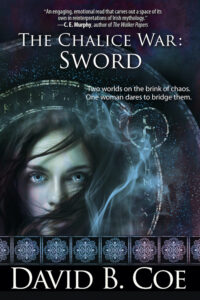 A week and a half from today, on Friday, August 4, The Chalice War: Sword, the final book in my Celtic urban fantasy trilogy, will be released by Bell Bridge Books. (The first two books, The Chalice War: Stone and The Chalice War: Cauldron, are already out and available. If you haven’t already gotten them, please consider doing so. And if you have read them, please consider leaving reviews at your favorite book sites.)
A week and a half from today, on Friday, August 4, The Chalice War: Sword, the final book in my Celtic urban fantasy trilogy, will be released by Bell Bridge Books. (The first two books, The Chalice War: Stone and The Chalice War: Cauldron, are already out and available. If you haven’t already gotten them, please consider doing so. And if you have read them, please consider leaving reviews at your favorite book sites.)
I won’t bother telling you that I’m excited for this release (though I really am). The fact is, I get excited for every new release (but especially this one — really!). Even after so many published books (Sword will be my 30th) the thrill remains much the same. And there is something extra special about the concluding book in a series. A couple of weeks ago, near the end of my “Beginnings, Middles, and Endings” feature, I wrote about the things we want to accomplish with the final chapters of our novels, including bringing our story to a satisfying and thrilling culmination, completing our character arcs, and tying up our remaining loose ends. We want to do this with any novel, but to state the obvious, it is absolutely crucial to nail the ending of a final book in a series.
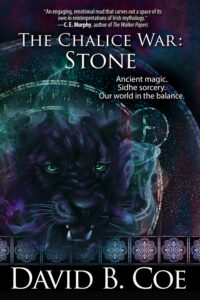 The premise of The Chalice War trilogy is fairly simple. The four treasures of the Sidhe — the Stone of Fal, the Spear of Lugh, the Daghda’s Cauldron, and the Sword of Nuadu — are chalices of magic. As long as they remain in this world, the Above, the Sidhe sorcerers living in our midst can continue to protect our world. But the Fomhoire, masters of the demon Underrealm, seek to take the chalices from our world into the Below, and if they succeed, magic will cease to exist in our world and demons will overrun the face of the earth.
The premise of The Chalice War trilogy is fairly simple. The four treasures of the Sidhe — the Stone of Fal, the Spear of Lugh, the Daghda’s Cauldron, and the Sword of Nuadu — are chalices of magic. As long as they remain in this world, the Above, the Sidhe sorcerers living in our midst can continue to protect our world. But the Fomhoire, masters of the demon Underrealm, seek to take the chalices from our world into the Below, and if they succeed, magic will cease to exist in our world and demons will overrun the face of the earth.
The first two books are set entirely in the Above — our world — where Sidhe sorcerers do battle with Fomhoire demons to protect two of the chalices (the titles give away which ones). But I wanted to do something different with the third book. And honestly, for a long time, I didn’t know what exactly that would look like.
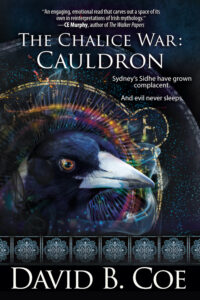 You see, I wrote the first iteration of book one, Stone, more than a decade ago, when I was in a lull in my career and was looking for something to write for the fun of it. I loved that first draft, but it needed work, and around the time I finished it, I signed my first Thieftaker contract, putting an end to the aforementioned lull. I started work on the second book, Cauldron, about seven years ago, hit a wall, put it away, came back to it four years later and finished it. Now, usually when I write a series, I know as I begin book one how the last book will end. Not with this series, because when I wrote that first book, I was playing around. I had no idea what it would become. So even after I finished the second book, I still wasn’t sure what to do with the series, because I had no idea how to write the third book without making it simply a repeat of one of the first two.
You see, I wrote the first iteration of book one, Stone, more than a decade ago, when I was in a lull in my career and was looking for something to write for the fun of it. I loved that first draft, but it needed work, and around the time I finished it, I signed my first Thieftaker contract, putting an end to the aforementioned lull. I started work on the second book, Cauldron, about seven years ago, hit a wall, put it away, came back to it four years later and finished it. Now, usually when I write a series, I know as I begin book one how the last book will end. Not with this series, because when I wrote that first book, I was playing around. I had no idea what it would become. So even after I finished the second book, I still wasn’t sure what to do with the series, because I had no idea how to write the third book without making it simply a repeat of one of the first two.
Except that’s not quite true. Early in the series, I reveal that the Fomhoire have already succeeded in stealing one of the chalices. The Sword of Nuadu is already in the Underrealm; the future of our world is poised on the edge of a blade. So, naturally, book 3 had to be about a journey into the Underrealm, the demon world, to steal back the lost sword.
But the idea of this intimidated me. I had no idea what the demon realm was like. I had no idea how to write such a book. So, I put books 1 and 2 back in a drawer, and I wrote the Radiants books, which was fun and great. I LOVE those books.
But the Chalice books haunted me. And the challenges of that third book called to me. I needed to create the demon realm, making it believable and tangible and rich and compelling, but also menacing enough to carry its share of the plot. I needed to have an exciting, engaging second plot line set in our world so that the characters who don’t go to the Below are still busy with Important Stuff. And, as mentioned earlier, I needed to nail the ending, to hit all the right emotional notes while tying off every one of my plot threads from the three books.
No pressure.
The fact is, not knowing what to write is an impediment to starting a project. But perceiving challenges? Seeing in a potential novel tasks that are going to force me to grow as a storyteller? That right there is incentive. And once I started working on the third novel, once I overcame that sense of intimidation, the book flowed quite easily. The result, in my biased opinion, is a strong, successful conclusion to what I believe is one of my best series yet. I hope you agree.
I posted a teaser last Friday, and will post another one this Friday. I hope you enjoy all three books. Thank you, as always, for your support of my work!
Keep writing!!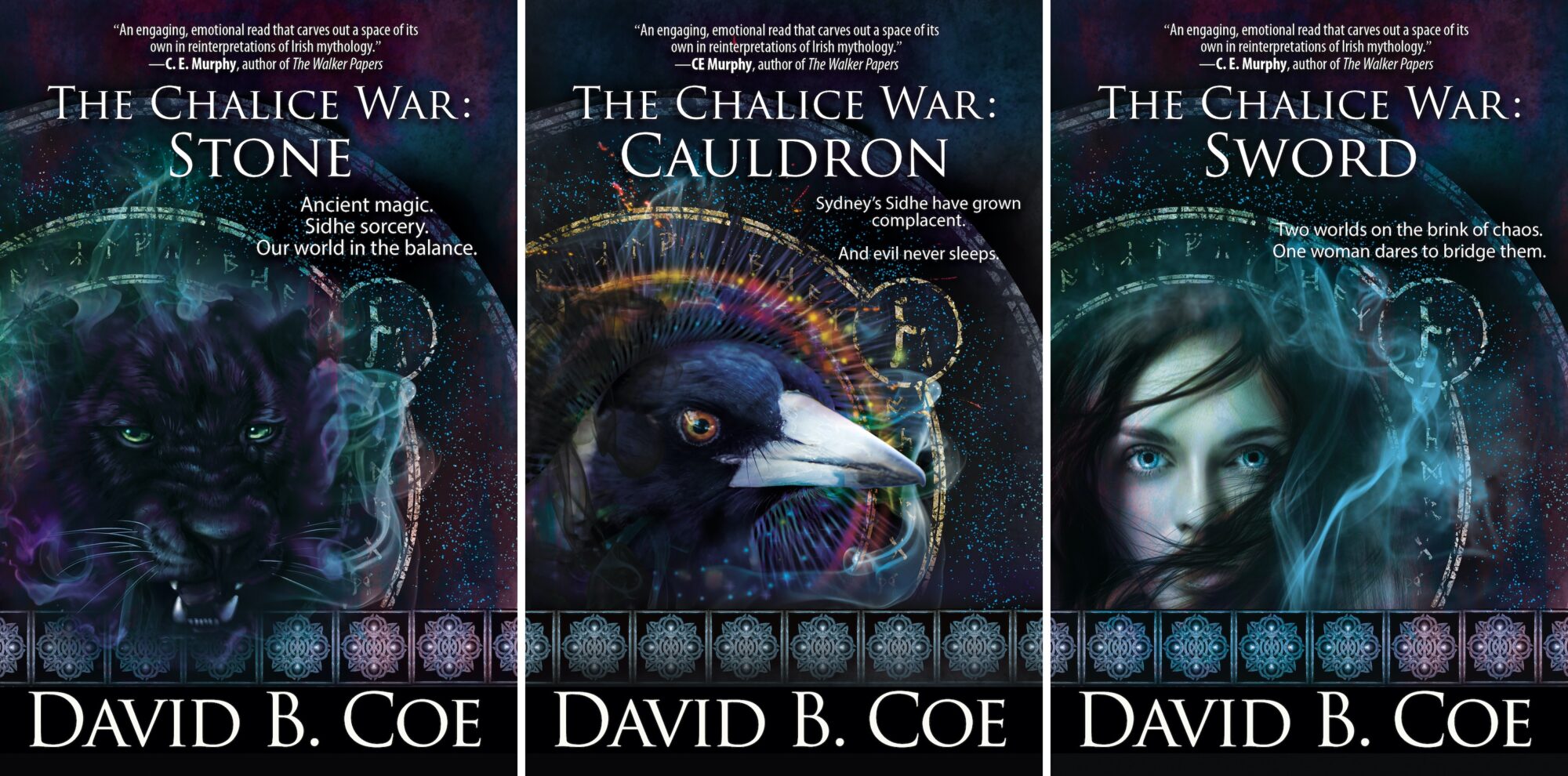









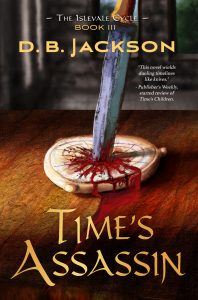 Those are not easy questions to answer. As with beginnings and middles, there are as many ways to approach an ending as there are stories to be written. Different authors like to do different things with their closing chapters. And so, again as with the other parts of story structure, we can learn how to write good endings, in part, by reading as many books and stories as possible. Guy Gavriel Kay’s stand-alone fantasy novel, Tigana, has one of the finest endings of any book I’ve ever read. It is haunting and beautiful and — surprisingly — uncertain. But it is incredibly effective. Of all the endings I’ve written, I believe my favorite is the closing to Time’s Assassin, the third and final book of The Islevale Cycle, my time travel/epic fantasy trilogy. Why do I think it’s the best? Because it ties off all the loose ends from my narrative. It hits all the emotional notes I wanted it to. My characters emerge from those final pages changed, scarred even, but also in a place of growth and new equilibrium. Also, it’s action-packed and, I believe, really well-written.
Those are not easy questions to answer. As with beginnings and middles, there are as many ways to approach an ending as there are stories to be written. Different authors like to do different things with their closing chapters. And so, again as with the other parts of story structure, we can learn how to write good endings, in part, by reading as many books and stories as possible. Guy Gavriel Kay’s stand-alone fantasy novel, Tigana, has one of the finest endings of any book I’ve ever read. It is haunting and beautiful and — surprisingly — uncertain. But it is incredibly effective. Of all the endings I’ve written, I believe my favorite is the closing to Time’s Assassin, the third and final book of The Islevale Cycle, my time travel/epic fantasy trilogy. Why do I think it’s the best? Because it ties off all the loose ends from my narrative. It hits all the emotional notes I wanted it to. My characters emerge from those final pages changed, scarred even, but also in a place of growth and new equilibrium. Also, it’s action-packed and, I believe, really well-written.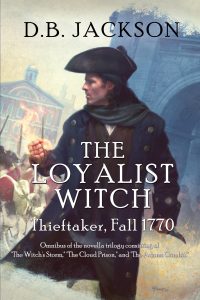 2) Tying off various narrative loose ends. The most important story element is the central conflict, which the climax should either settle (if the book is a stand alone or the last of a series) or advance in some significant way (if the book is a middle volume of an extended series). But there are often other narrative threads that need to be concluded to the readers’ satisfaction before our audience will feel at peace with the story’s ending. These can include unresolved relationship issues (strained friendships, burgeoning or troubled romances, conflicts between siblings or a parent and child, etc.), missing information and/or secrets that could not be revealed before the climax ran its course (this is especially common in mysteries like the Thieftaker stories), or character arc and narrative arc issues involving secondary characters and storylines. Part of the so-called “denouement” involves wrapping up these additional story threads.
2) Tying off various narrative loose ends. The most important story element is the central conflict, which the climax should either settle (if the book is a stand alone or the last of a series) or advance in some significant way (if the book is a middle volume of an extended series). But there are often other narrative threads that need to be concluded to the readers’ satisfaction before our audience will feel at peace with the story’s ending. These can include unresolved relationship issues (strained friendships, burgeoning or troubled romances, conflicts between siblings or a parent and child, etc.), missing information and/or secrets that could not be revealed before the climax ran its course (this is especially common in mysteries like the Thieftaker stories), or character arc and narrative arc issues involving secondary characters and storylines. Part of the so-called “denouement” involves wrapping up these additional story threads.